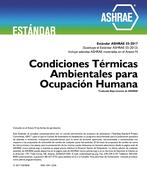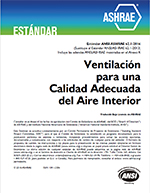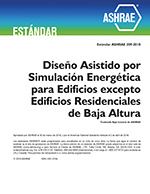Description
The building science and construction communities are now well aware of the high incidence and magnitude of premature envelope failure, due to rainwater intrusion, of wood-framed buildings in the temperate coastal climates of North America’s west coast. What has been less publicized is the prevalence and magnitude of problems with the wall assemblies used on high-rise and other noncombustible buildings. The types of assemblies proving to be most at risk are metal stud-framed wall assemblies with gypsum sheathing. Major repairs, including recladding, have been required on numerous buildings in the region with steel studframed walls under a variety of claddings, including cementious stucco, exterior insulation and finish systems (EIFS), metal claddings, and masonry veneer. The ability to review, compare, and contrast damage to several buildings that have had their exterior cladding removed is an opportunity afforded to few construction professionals. This paper will use project photos and analysis to share the findings and insights gained from a number of such projects. The case studies will be used to discuss important lessons for the design professional, including
- modes of failure of materials and systems,
- sources of water into the wall assemblies,
- location of systemic and isolated damage,
- problematic details,
- apparent contributory and mitigating factors,
- recommended modification to design practice, and
- areas requiring further investigation.
Citation: Thermal Performance of Exterior Envelopes of Whole Buildings IX
Product Details
- Published:
- 2004
- File Size:
- 1 file , 31 MB
- Product Code(s):
- D-BldgsIX135




